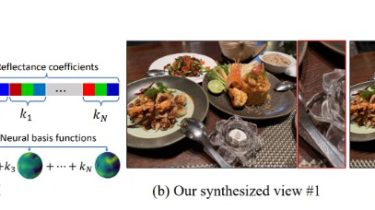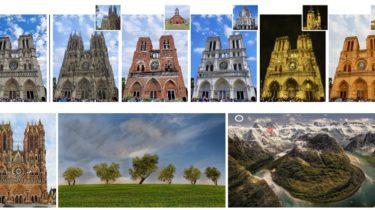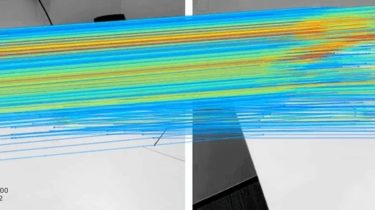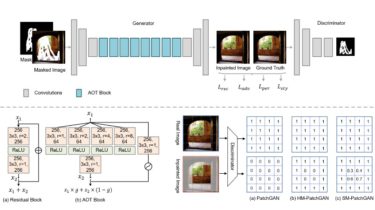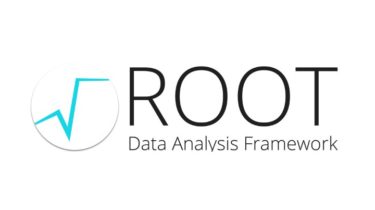Real-time View Synthesis with Neural Basis Expansion
NeX We present NeX, a new approach to novel view synthesis based on enhancements of multiplane image (MPI) that can reproduce NeXt-level view-dependent effects—in real time. Unlike traditional MPI that uses a set of simple RGBα planes, our technique models view-dependent effects by instead parameterizing each pixel as a linear combination of basis functions learned from a neural network. Moreover, we propose a hybrid implicit-explicit modeling strategy that improves upon fine detail and produces state-of-the-art results. Our method is evaluated […]
Read more